The “Spring Festival” is one of the most important traditional festivals for the Chinese people. From the Little New Year on the 23rd day of the last lunar month to the Lantern Festival on the 15th day of the first lunar month, this celebration lasts for over a month. Customs such as sticking Spring Festival couplets, hanging lanterns, making dumplings, having reunion dinners, performing dragon and lion dances, and visiting temple fairs all carry the rich flavor of the New Year and the traditional feelings of the Chinese nation. They also embody our wishes for a prosperous new year, harmony in families, and a harmonious society.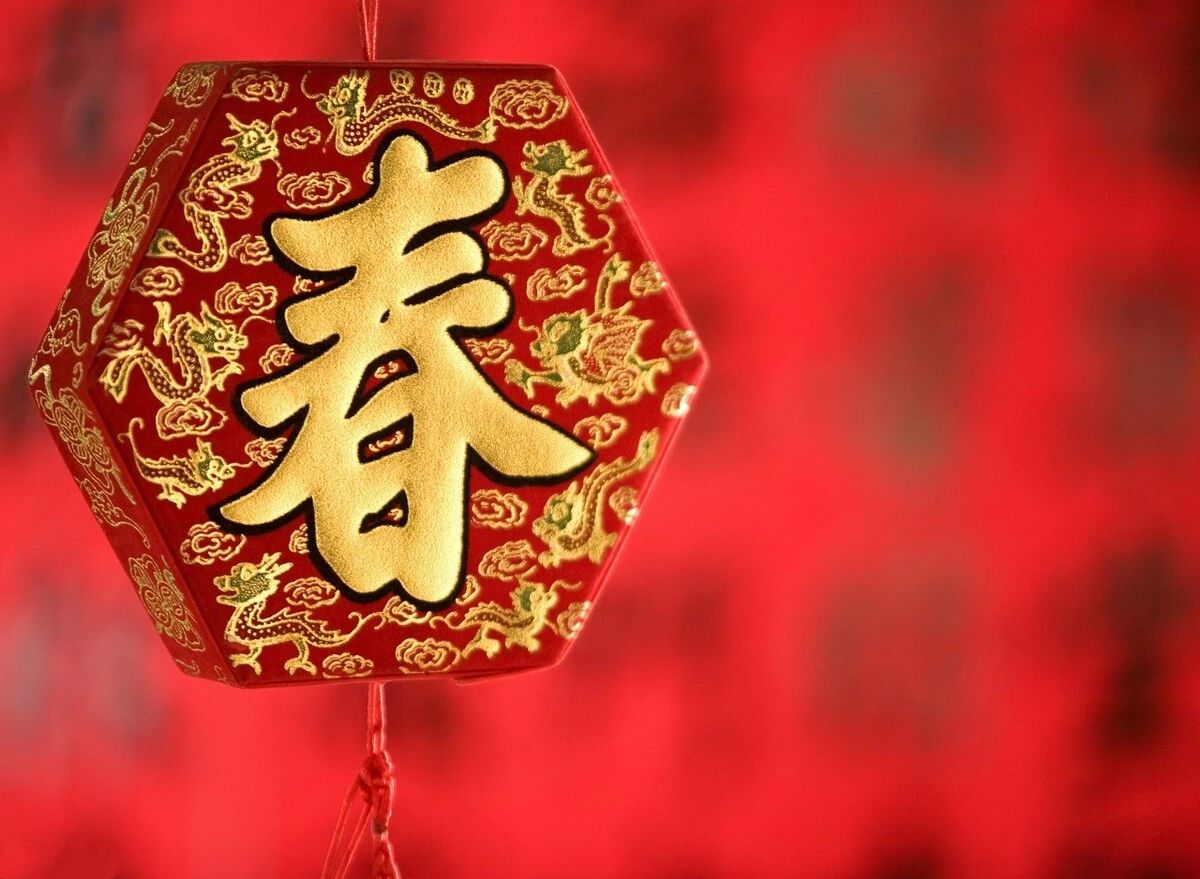
There are various theories about the origins of the Spring Festival. One belief is that in ancient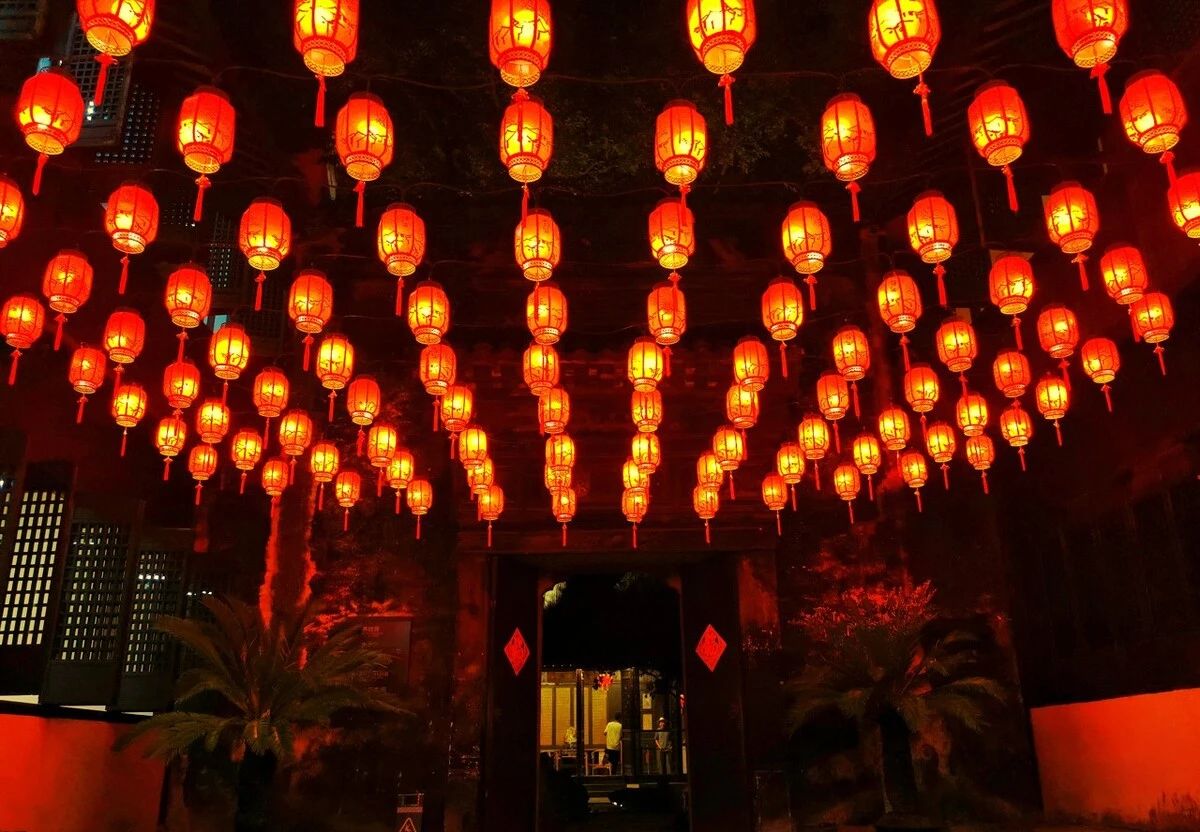
On December 4, 2024,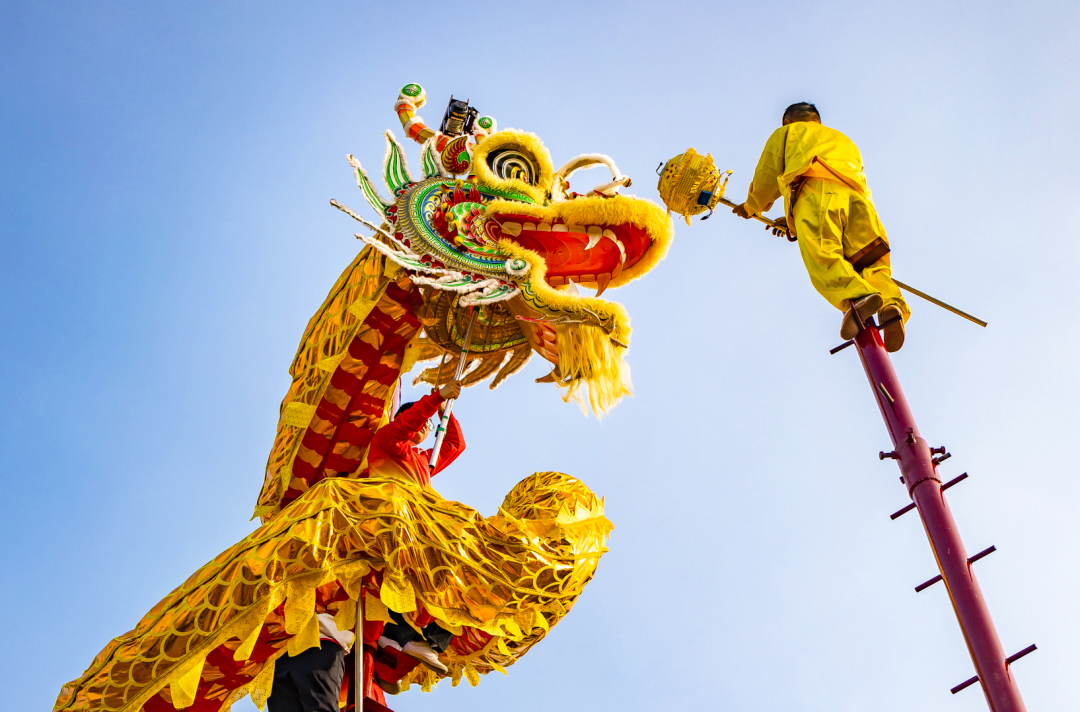
As the most important holiday for every Chinese person, the Spring Festival carries significant meaning. It represents family reunions and the welcoming of new beginnings; it’s a blend of the past and the future, as well as a fusion of great nations and small families. It invokes nostalgia for those far from home who share a bright moon together. Wearing new clothes and honoring the New Year, the Spring Festival is the pinnacle of Chinese romanticism, refined over millennia.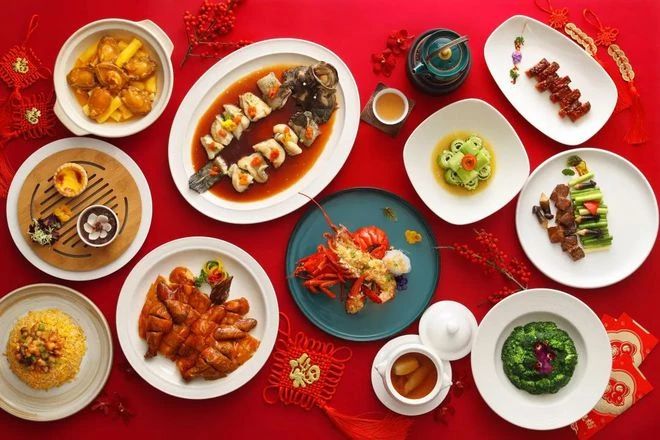
In most regions, preparations for the Spring Festival begin seven days in advance, involving rituals such as worshiping the Kitchen God, thorough cleaning, sticking couplets, visiting temple fairs, setting off firecrackers, eating dumplings or tangyuan, visiting relatives, and receiving red envelopes. Feng Jicai, the initiator of the Spring Festival’s heritage application, stated, “The Spring Festival is the greatest cultural heritage of the Chinese nation.” In addition to these familiar customs, each region has its own unique ways of celebration, which are also the most precious treasures of Chinese civilization. 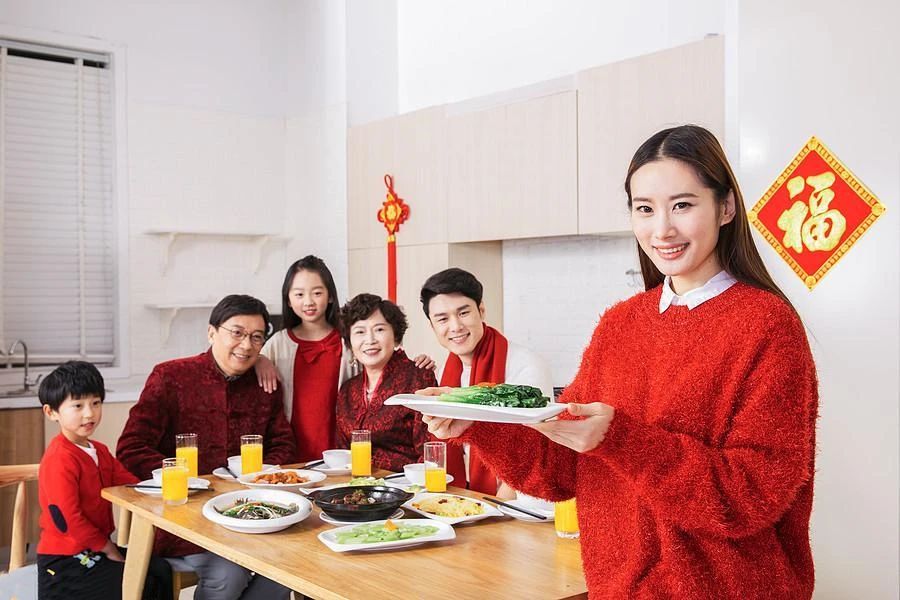
The Spring Festival in 2025 will be the first “World Intangible Cultural Heritage Edition” of the festival! Together we will experience this emotionally touching intangible cultural heritage. It serves as a bridge connecting the past and the future, allowing us to innovate in our traditions and pass them on in our innovations, thereby accelerating global cultural exchange and mutual learning.



